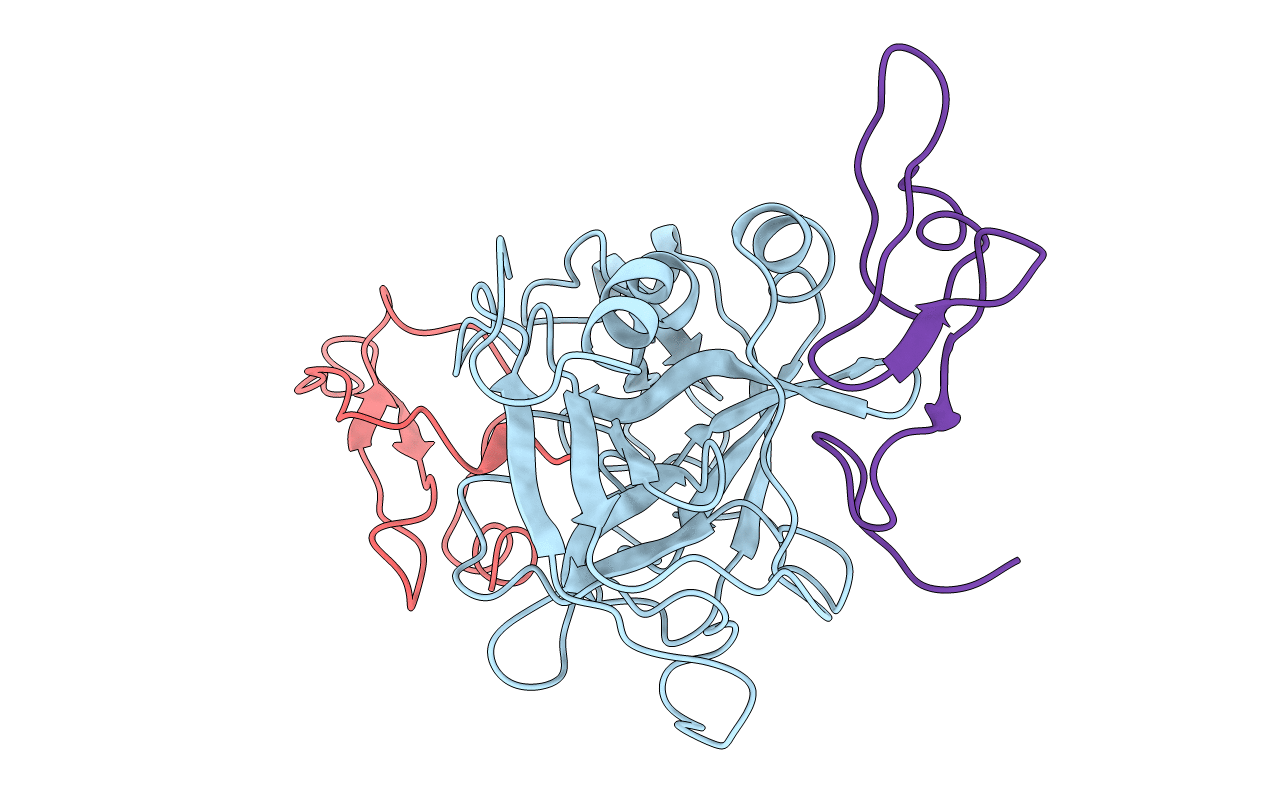
Deposition Date
1997-04-24
Release Date
1998-10-28
Last Version Date
2024-10-23
Entry Detail
Biological Source:
Source Organism:
Bos taurus (Taxon ID: 9913)
Ornithodoros moubata (Taxon ID: 6938)
Ornithodoros moubata (Taxon ID: 6938)
Host Organism:
Method Details:
Experimental Method:
Resolution:
3.00 Å
R-Value Work:
0.18
R-Value Observed:
0.18
Space Group:
P 42 21 2


